Tire Size 285/55r20 vs 35×12.50r20
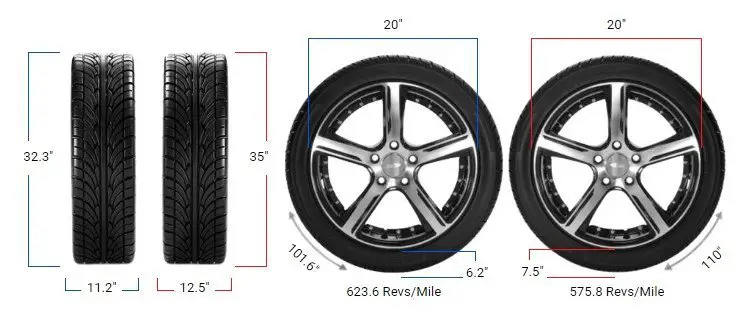
Switching from 285/55R20 to 35×12.50R20 tires is an extreme upgrade that will transform your vehicle’s look and capabilities. But is it right for you? Let’s dive in and find out.
- Modifications are required to avoid rubbing and clearance issues
- Acceleration and fuel economy will suffer with the heavier 35″ tires
- Speedometer will read 8% slow and gearing will be taller with 35″
- Ground clearance increases by over 1″ for better off-road capability
285/55r20 vs 35×12.50r20
This table can help you easily understand the differences between the tire size.
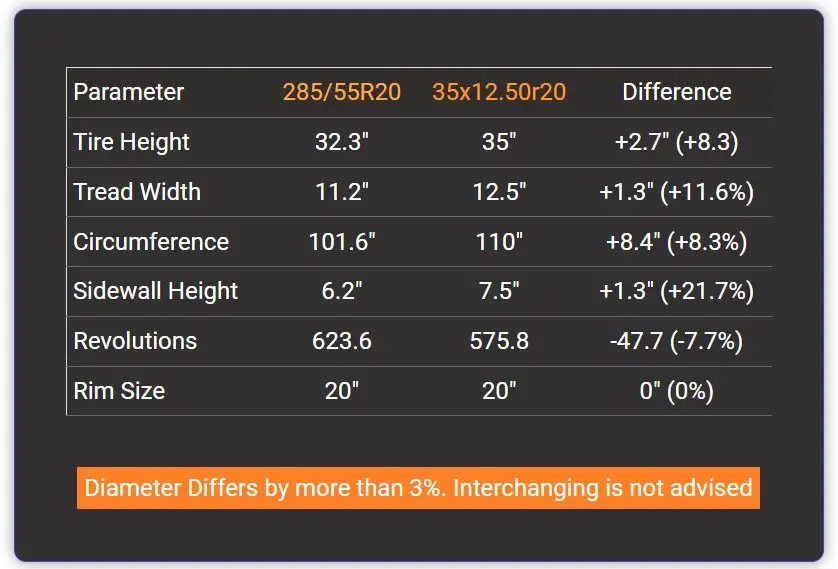
Fitment Guide
Replacing 285/55r20 tires requires new tires to be within 3% of the original overall diameter of 32.34 inches. The 35×12.50r20 is about 8% larger at 35.02 inches in diameter, so it exceeds the 3% limit.
This means installing 35×12.50r20 tires likely requires modifications like a lift kit to prevent rubbing issues.
Ground Clearance
The 35×12.50r20 tire provides 2.68 inches more ground clearance than the 285/55r20.
This added clearance benefits off-road driving, helping prevent scrapes over rocks or obstacles. However, the larger diameter causes a lower speedometer reading.
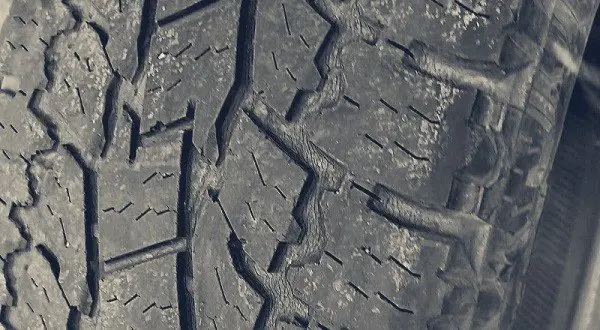
Gas Mileage
The 285/55r20’s more minor contact patch and lower rolling resistance provide better fuel efficiency compared to the larger, heavier 35×12.50r20. This makes the 285/55r20 better for daily driving.
Ride Comfort
The 35×12.50r20’s taller sidewall and larger air volume absorb bumps better, providing a smoother ride off-road. But the 285/55r20 offers a more comfortable highway ride with responsive handling.
Aesthetics
Visually, the 35×12.50r20’s taller sidewall suits the rugged aesthetics of trucks and SUVs. But the lower profile 285/55r20 promotes better aerodynamics.
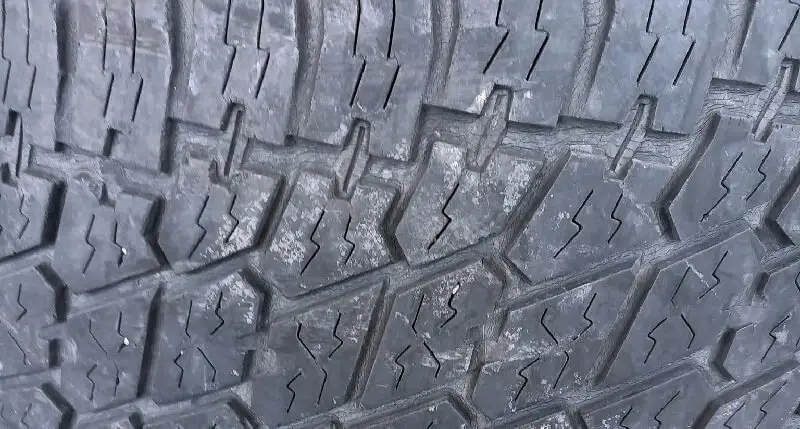
Handling & Stability
The 285/55r20’s shorter sidewall enhances handling precision on the pavement. But the 35×12.50r20’s additional sidewall flex provides stability off-road.
Noise & Vibration
The 285/55r20 transmits more road noise, while the 35×12.50r20’s extra air cushioning dampens vibrations. But both provide relatively quiet rides.
Durability & Wear
The 285/55r20 exhibits more even treadwear, while the larger 35×12.50r20 can absorb impacts but add stress to components.
Adverse Conditions
The narrower 285/55r20 performs better on snow/ice. The wider 35×12.50r20 provides traction in mud or loose dirt.
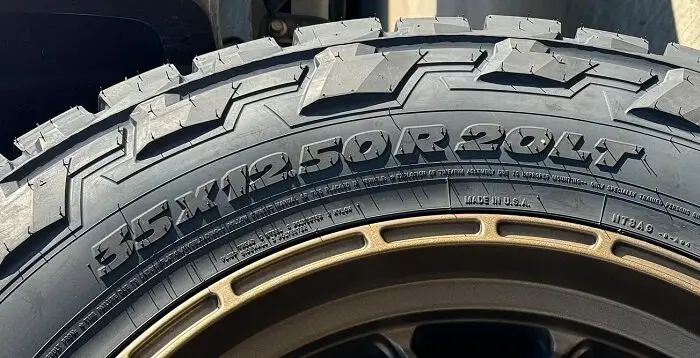
Speedometer Difference
At the same actual speed, the speedometer reads around 7.7% higher with the 35×12.50r20 compared to the 285/55r20 due to the larger diameter. This could lead to inadvertent speeding reading.
What is the Main Difference Between 285/55R20 and 35×12.50R20?
The primary difference between 285/55R20 and 35×12.50R20 tires is the overall diameter. The 35×12.50R20 tires are 2.68 inches taller, which is an 8.3% increase in total height compared to 285/55R20.
Can I Use 35×12.50R20 Instead of 285/55R20?
Using 35×12.50R20 tires instead of the factory 285/55R20 size is not recommended without vehicle modifications.
The 8.3% difference in diameter exceeds the ±3% guideline and will likely cause rubbing and clearance problems.
How Much Taller Is a 35×12.50R20 Tire Than a 285/55R20?
A 35×12.50R20 tire is 2.68 inches taller overall than a 285/55R20. This equates to the 35-inch tires having a 8.3% larger diameter than the metric 285/55R20 size.
How Much Wider is a 35×12.50R20 Tire Than a 285/55R20?
The specified width of a 35×12.50R20 tire is 12.52 inches, while a 285/55R20 measures 11.22 inches wide. Therefore, the 35×12.50R20 is 1.3 inches or about 11.6% wider than the 285/55R20 size.
Our Observation
Stepping up from 285/55R20 to 35×12.50R20 tires is an extreme modification with major upsides and downsides.
For on-road driving, the overly large tires will hurt performance, efficiency and handling. Speedometer error and gearing changes will be very noticeable.
But for off-road use, the gains in ground clearance, traction and cool factor are hard to beat – as long as you address clearance issues.
Our advice, go for it if you wheel hard and don’t mind some on-road compromises. But for mixed driving, the negatives outweigh the benefits. Stick closer to stock size for the best balance.

Meet Caitlin McCormack, a Tire Size Expert and Blogger Passionate About Everything Related to Tires. With Years of Experience in the Tire Industry, Caitlin Has Become an Expert in Tire Sizes and Their Impact on Vehicle Performance.
